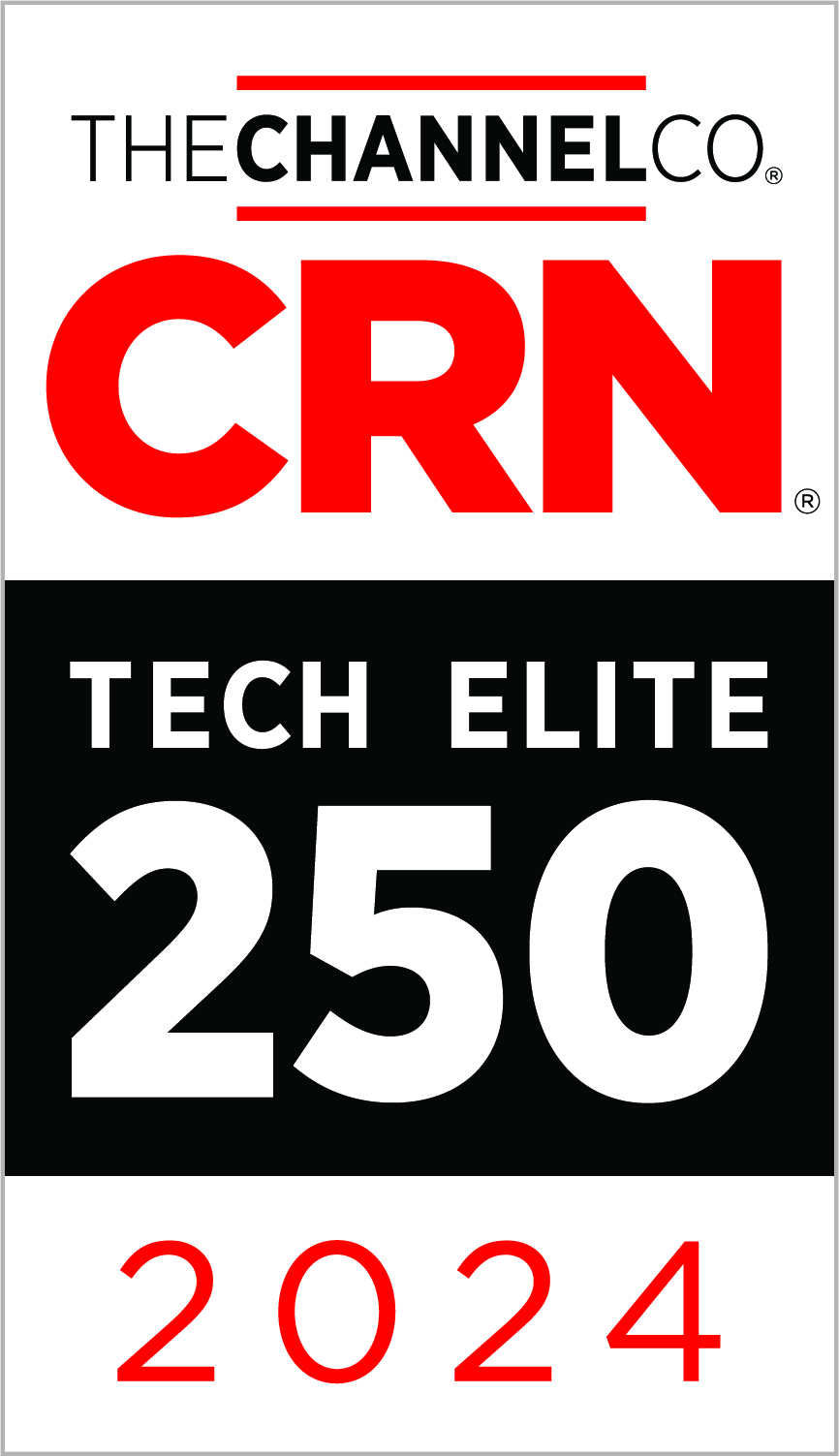Supply Chain Visibility and Security

The Pandemic has disrupted supply chains around the world for a wide range of goods, including electronics and other crucial pieces of IT equipment. Supplier relationship management has been put to task. Companies struggle to source needed parts, manage inventories and more. The current situation is undoubtedly causing stress for IT leaders. This unique situation also gives organizations the opportunity to reset their IT supply chain visibility and security policies.
Demand + Shortages = Extended Lead Times
The initial pandemic-driven remote-work mandate appears to be a permanent shift in many workers converting to a hybrid or full-time telework. This in turn led to a surge in electronics sales. With both increased demand and the fallout from recovering closures and continuing understaffed factories in China, this created a domino effect of shortages of both laptops and datacenter to edge supporting architecture. As 2022 kicks off, average lead-times for laptops and displays are 16 weeks, 8 to 16 weeks for servers and storage and 8 weeks to 9 months for networking gear.
Security Risks and New Requirements
The supply chain shortages create several risks for IT professionals. This includes third-party service providers’ physical or virtual access to information systems, software or intellectual property; poor information security practices at lower-tier suppliers; compromised software or hardware purchased from suppliers; and software security vulnerabilities in supply chain management or supplier systems.
To combat these new risks, many agencies are incorporating new security requirements into every request for proposal and contract, including the following:
- Having a security team work onsite with any new vendor to address any vulnerabilities or security gaps
- A “one strike and you’re out” policy regarding vendor products that are either counterfeit or do not meet specifications.
- Tightly controlled component purchases
- Secure software lifecycle development programs and training for all engineers in the product lifecycle
- A security handshake between software and hardware. This is where a secure booting process looks for authentication codes and will not boot if the codes are not recognized.
Most importantly, working together with suppliers is more important than ever. Especially this is prevalent in small or mid-size private companies who want to be nimble enough to juggle resources to help one customer without hurting another. Small to mid-sized private suppliers are often more flexible with financial options. These options include accelerating payments and changing contract terms so receivables are more easily factored, providing a dynamic discounting program or leveraging supply-chain finance programs.
Long-Term Order Forecasts
Letting the supplier have longer-term order forecasts will ensure priority status for supply delivery. Likewise, make a point to report supply constraint updates monthly. This will allow insight into the changing supply recovering times. The more a supplier can rely on and trust what it’s hearing from a customer, the more it can make the critical business decisions that can help it get through the crisis.
By addressing supply chain visibility and security now, companies will get through the current crisis. This will make their IT supply chains more resilient and secure in the years to come.
Categories
Search
Blog Categories
Related Resources
Archives
- July 2024
- June 2024
- May 2024
- April 2024
- March 2024
- January 2024
- October 2023
- September 2023
- August 2023
- July 2023
- June 2023
- May 2023
- April 2023
- March 2023
- February 2023
- January 2023
- October 2022
- July 2022
- June 2022
- May 2022
- April 2022
- March 2022
- February 2022
- January 2022
- December 2021
- November 2021
- October 2021
- September 2021
- August 2021
- July 2021
- June 2021
- May 2021
- April 2021
- March 2021
- February 2021
- January 2021
- December 2020
- November 2020
- October 2020
- September 2020
- August 2020
- July 2020
- June 2020
- May 2020
- April 2020
- March 2020
- February 2020
- January 2020
- December 2019
- November 2019
- October 2019
- September 2019
- August 2019
- July 2019
- June 2019
- May 2019
- April 2019
- March 2019
- February 2019
- January 2019
- December 2018
- November 2018
- October 2018
- September 2018
- August 2018
- July 2018
- June 2018
- May 2018
- April 2018
- March 2018
- February 2018
- January 2018
- December 2017
- November 2017
- October 2017
- September 2017
- August 2017
- July 2017
- June 2017
- May 2017
- April 2017
- March 2017
- February 2017
- January 2017
- December 2016
- November 2016
- October 2016
- September 2016
- August 2016
- July 2016
- June 2016
- May 2016
- March 2016
- February 2016
- January 2016
- December 2015
- October 2015
- September 2015
- August 2015
- July 2015
- June 2015
- May 2015
- April 2015
- March 2015
- February 2015
- January 2014
- February 2013




